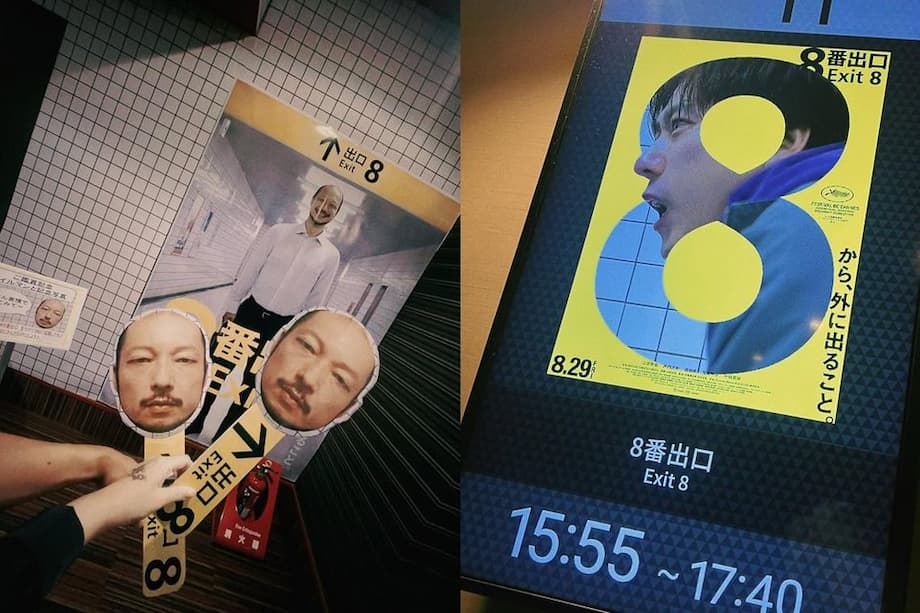Stations reinvented for a new era
Japan’s railway companies are transforming stations into places people actively seek out, aiming to rebuild ridership and grow new revenue streams after the pandemic slump. Escape games linked to a suspense film are sending fans across Tokyo to hunt for clues. A digital twin of Osaka Station gathers tens of millions of visitors online, then nudges them toward the physical concourse with exclusive merchandise and live feeds. A small neighborhood stop in Tokyo, decorated with Captain Tsubasa manga art, has become a photo destination for overseas visitors. The strategy connects fun with transit: turn stations and their buildings into attractions, convert curiosity into train trips, and stimulate sales in station retail.
Ridership is rising, yet it has not returned to pre-2020 norms. Japan counted about 22.6 billion train passengers in fiscal 2023, still below the 25.2 billion seen in 2018. Weekday peaks are flatter because telework and video meetings now shape office routines. Long term growth is uncertain as the population shrinks. Faced with this shift, operators are curating events, pop culture collaborations, and virtual experiences that pack stations on weekends and during off peak hours. They are also leaning on station real estate, the network of shops and services woven into stations and the districts around them.
Tokyo Metro’s collaboration with the movie 8 ban Deguchi (Exit 8) shows how the concept works. The event tasks participants to visit designated stations and search for mysterious anomalies and hidden objects inspired by scenes in the film. Osaka Metro has launched a similar game. These interactive programs create new reasons to explore, generate social media buzz, and steer visitors toward cafes and stores located in and around station buildings.
Why ridership has not fully recovered
Transit systems often bounce back quickly from shocks once daily life normalizes. A review of past disruptions, including epidemics and terror attacks, found that long term declines beyond a year were unusual. The COVID period diverged from that pattern. Remote work endured, business travel slimmed down, and many meetings shifted to screens. The five day commute that once underpinned ridership no longer dominates travel demand.
The pandemic also affected riders differently. A time series study in Tokyo found that during 2020 and 2021, passenger counts among wheelchair users dropped by about 20 percentage points more than the overall system. That gap signals barriers that are not purely about fear of infection or service frequency. It underscores the need to design events, wayfinding, and station services with accessibility in mind so that recovery is broad based.
A demographic and lifestyle shift
Japan’s aging and shrinking population means fewer commuters in the pipeline. Telework has weakened the morning crush that long defined urban rail. City centers still draw crowds for dining and entertainment, but the who and when of trips are changing. Operators now compete for weekend leisure time, tourist itineraries, and family outings rather than relying mainly on office traffic.
Gameified commutes and pop culture tie ups
Interactive games are becoming a station staple. Tokyo Metro’s Exit 8 escape game blends the intrigue of a thriller with the discovery of the city, encouraging teams to hop between stations, study station maps, and spot staged anomalies. Osaka Metro’s version follows a similar design. These activities boost weekend travel, bring groups into station retail zones, and give casual riders a reason to try unfamiliar routes. They also appeal to visitors who want a themed experience that fits into a day of shopping and sightseeing.
Anime and manga themed spaces provide a different draw. At Yotsugi Station on the Keisei line in Tokyo, Captain Tsubasa illustrations cover walls and signage. Fans take photos, buy themed goods, and often plan a detour to see the artwork in person. The installation turns a routine station into a destination and aligns perfectly with inbound tourism, where fans seek out pop culture landmarks.
Going virtual to pull people back to the real station
West Japan Railway (JR West) runs Virtual Osaka Station, a digital twin of the company’s real hub. Since its 2022 launch, more than 45 million visitors have interacted with the virtual space. The concept is straightforward. Build an online environment that captures the look and feel of the station, host activities there, and carry that energy into the physical world. Scenes from the virtual space are live streamed on site. Limited items tied to the virtual station are sold only at the real location. Fans must come in person to complete the experience, which helps rebuild footfall.
Digital twins also create better feedback loops. JR West analyzes user behavior in the virtual environment and uses those insights to pitch events, targeted promotions, and advertising to partner brands. The data can reveal which spaces people gravitate to, what content resonates, and how visitors move through a simulated concourse. Operators can then test new layouts or program concepts virtually before rolling out a real event. The approach reduces guesswork and helps allocate marketing budgets toward ideas that show traction.
Seasonal and themed trains that spark travel
Beyond stations, special trains are a time tested way to lure riders. In Aomori, the Tsugaru Railway welcomes visitors aboard a stove train every winter. An old fashioned potbelly stove warms the carriage as it rolls through a snowy landscape. Staff prepare dried squid on the stove top, and the cozy atmosphere becomes a social experience as locals and travelers chat. In summer and autumn, Tsugaru runs wind bell and bell cricket themed trains, echoing the sounds and colors of the season. The combination of scenery, tradition, and a simple treat on board turns a regional line into a sought after seasonal outing.
On the other end of the spectrum, operators and event producers have experimented with one off theatrical rides. Before Halloween, a special shinkansen was transformed into a zombie experience. Actors blended into the carriage, then morphed into the undead mid journey, staging a controlled scare inspired by zombie cinema. The organizers, a group known as Kowagarasetai, promoted the experience as a first of its kind on a running high speed service.
To underscore the pitch, the organizers characterized the ride in a way that framed it as a novelty for rail fans and horror enthusiasts alike.
The organizers described it as the




